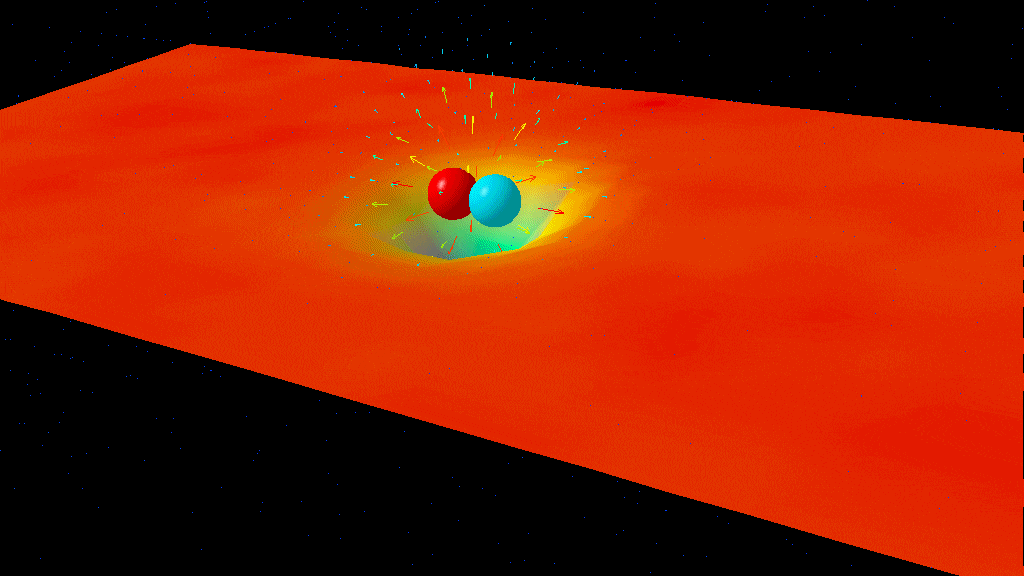Did LIGO just see its most important gravitational wave ever? | by Ethan Siegel | Starts With A Bang! | Feb, 2025

The ultimate multi-messenger astronomy event would have gravitational waves, particles, and light arriving all at once. Did that just occur?
It’s hard to believe, but here in 2025, we’re less than a full decade into the era of gravitational wave astronomy. It was only in September of 2015 that Advanced LIGO, humanity’s first gravitational wave observatory capable of detecting the realistic gravitational waves produced in the Universe, came online. Within days, the first astrophysical signal — from two merging black holes — was detected. In the subsequent decades, we’ve now seen hundreds of gravitational wave events: events that signify the merger of massive, compact objects like black holes and neutron stars. LIGO has also been joined by additional gravitational wave detectors, including the Virgo detector in Europe and the KAGRA detector in Japan. Combined, they enable us to not only detect gravitational waves, but to localize them on the sky.
One gravitational wave event, in 2017, even came along with an electromagnetic counterpart: a gamma-ray burst that was detected just 1.7 seconds after the gravitational wave signal ceased. This turned out to be a kilonova, or the merger of two neutron stars, in a nearby galaxy…
Source link





